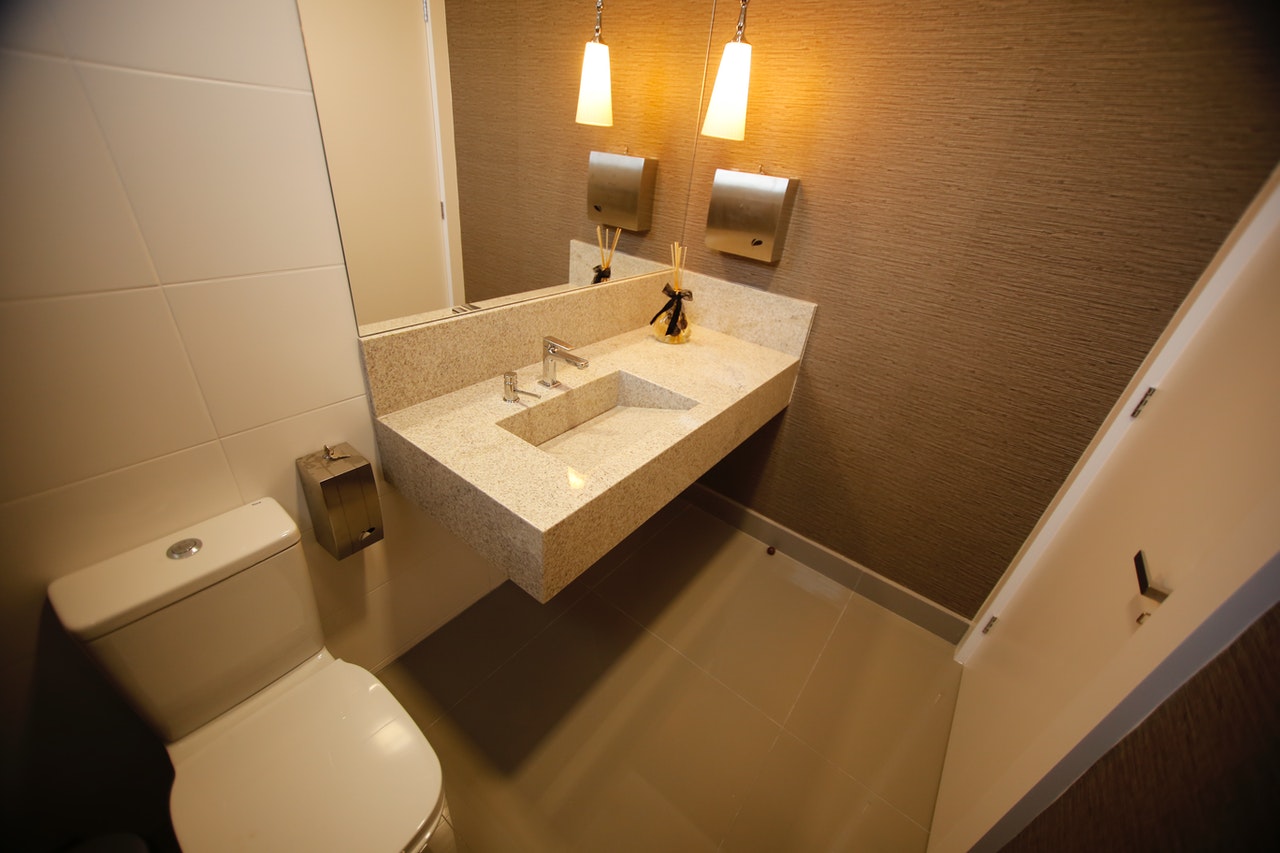Water leaks can disrupt your daily routine and cause extensive damage to your home if not detected early. Water damage can be a nightmare for homeowners, leading to costly repairs. However, detecting water leaks early can save you time, money, and frustration. In this blog post, you’ll find simple water leak detection methods you can use in your home.
Method 1: Check Your Water Meter
One of the simplest ways to detect water leaks in your home is by checking your water meter. To start, turn off all water sources in your home, including faucets, showerheads, and appliances that use water. Next, check your water meter reading. Wait for a few hours before rechecking it. If the reading increases, you might have a leak in your home.
Method 2: Conduct a Visual Inspection
A visual inspection of your home’s plumbing system can help identify water leaks. Check for wet spots, dampness, and water stains around the pipes and fittings. Look out for mold or mildew growth on walls and ceilings. Check under sinks, around the toilet, and behind appliances that use water. If you spot any signs of water leaks, take action immediately.
Method 3: Use a Leak Detection Device
A leak detection device can help detect water leaks not visible to the naked eye. These devices use sensors or alarms to detect water leaks. Some devices even send notifications to your phone when they detect a leak. You can place these devices anywhere in your home where water leaks occur, such as in your basement, bathroom, or kitchen.
Method 4: Perform a Dye Test
A dye test is a simple way to detect water leaks in your toilet tank. Add a few drops of food coloring to the toilet tank and wait an hour. If the dye appears in the toilet bowl, you have a tank leak. You can fix this issue by replacing the flapper.
Method 5: Conduct a Pressure Test
A pressure test can help detect leaks in your home’s plumbing system. Close all water valves in your home, and attach a pressure gauge to an outdoor faucet. Turn on the faucet and check the gauge reading. The reading should be consistent. If the pressure drops, then you have a leak in your plumbing system.
Remember, prevention is always better than cure when it comes to water leaks! So be proactive and regularly check your home for any signs of water leaks. Calling in a professional plumber to conduct regular inspections can also help detect and fix any potential water leaks early on. Stay ahead of the game and protect your home from water leaks!















